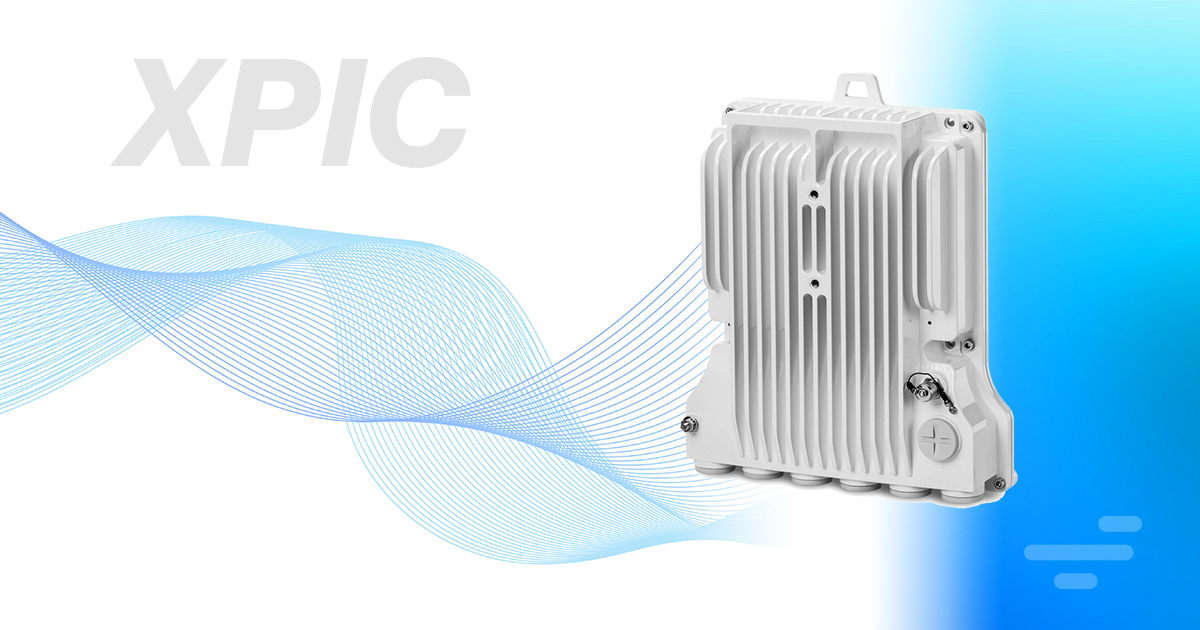
Cross-Polar Interference Cancellation (XPIC)
XPIC, or Cross-Polar Interference Cancellation, is a sophisticated signal processing technique used in radio communication systems, particularly in microwave radio links. It’s commonly utilized to enhance the capacity and efficiency of wireless communication channels by mitigating interference.



